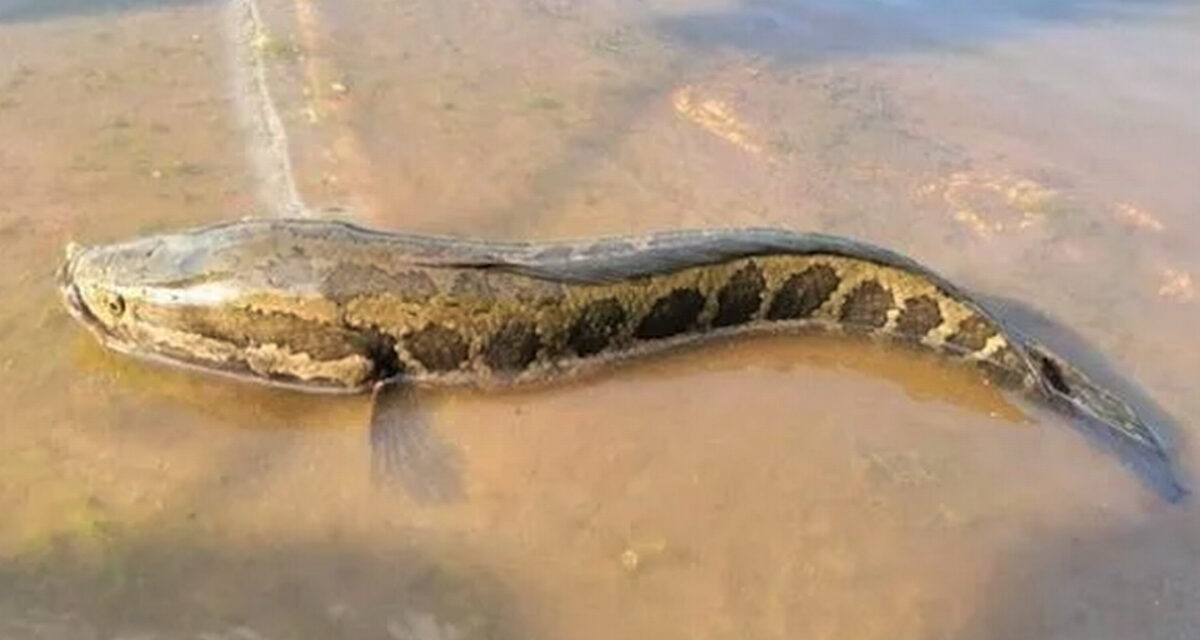On a recent trip up north, I decided to visit a few fishing locations in northern Florida, Georgia, Alabama, and the Carolinas. I got to visit with a few Fish and Wildlife Officers while they were on patrol. I decided to ask as many officers as I could about what fish were on the bite. In each state, our conversation got around to the problem the state was having with the invasion of non-native species. The problem of the invasion of non-native fish, and other marine mollusks, was becoming a very big and real problem. A problem to the point where a number the states were offering rewards for the capture and removal of these invasive species.
The most recognized problem for Florida is the lionfish. Anglers, and divers alike, are seeing large numbers of these fish invading both inshore and offshore reefs. The lionfish is a very exotic looking fish, usually not growing to more than five pounds. They tend to kill off many species of fish that are native to Florida waters. Each year, in the published booklet of fishing regulations, put out by the state, there is an article about removing the lionfish, both by diving for them, and catching them on rod and reel. Thousands are removed from Florida waters by anglers and divers, but the invasion still seems to be very strong.
Each of the states mentioned above has seen the effects of the invasion of these lionfish. Besides these invasive fish, freshwater lakes and ponds in these states are seeing a nasty fish known as a snakehead fish. These invasive fish have the markings of many of our poisonous snakes. The are long slender fish, usually dark in color, with pointed heads and a good set of teeth. The snakehead can run upwards 10 pounds, but usually average 3 to 5 pounds.
Burnt Store Marina has had our share of these snakehead fish showing up. In a golf and fishing contest, run by the Burnt Store Anglers, and fishing with special permission on the ponds of the golf course, several snakehead fish were caught during the tournament. Paula Alton, a resident of The Lakes, and an avid fisherman, caught the tournament winning “Largest Fish,” which turned out to be a big snakehead fish. It took a while to land the fish, and then have it identified. All anglers fishing in the tournament were surprised to see such a nasty fish come out of our pond. These fish have also come out of the retention ponds along Burnt Store Road. One of the scariest identifications of a snakehead was made by my wife, while walking our dog along Islamorada Blvd here in the Marina. To everyone’s surprise, this fish was swimming along one of the runoff ditches that connect the sewer system. The snakehead fish was trying to swim along the overflowing ditch filled with about a foot of rainwater. We removed the fish, and could only believe that they had come from the runoff pipes connecting the golf course ponds.
Another invasive fish, identified all along the southern states, is the flathead catfish. This invasive species will eat just about anything that swims in our lakes, ponds and streams, many of which connect to our harbor. These fish grow to be very large. When they spawn you may see hundreds of small black baby fish swimming together in a school of hundreds. They overpopulate just about every marine and aquatic body of water they are found in.
Anglers often ask what they can do to reduce this problem of invasive species? First, never move the fish to another marine aquatic environment. They will reproduce and destroy that area. Second, kill the invasive species, and remove the fish from the environment. Do not kill and throw back into the environment from which you caught the fish. Keep a trash bag in your tackle box or boat and dispose of the fish in an appropriate trash receptacle, often located near the body of water in which you are fishing. Many Fish and Wildlife organizations will have provided disposal cans for this purpose. Wildlife Officers want to hear about these invasive fish catches. Keep their phone number handy, and a phone call report will be most appreciated. You can find a reporting number in any of the state’s booklets on fishing regulations.
Tight Lines





